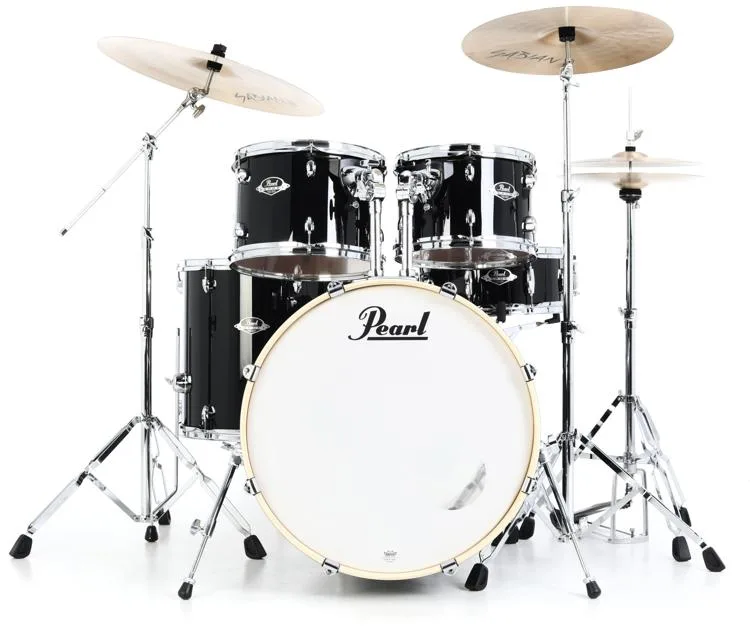Rental Upgrade Options for Student Percussionist
Keep improving and preparing as a student percussionist!
Chops has several drum sets and keyboards available for rental that are perfect for home practice. Now is a great time of year to think about doing an upgrade that will help you prepare for spring semester work on solos and ensembles or even jazz band. See the options below.
Pearl Export Drum Set

We have many drum set options to choose from in our rental pool that includes the Pearl Export 5 Piece Drum Set. As one of the most sold drum set models ever, the Pearl export stands the test of time for both quality and durability. All drum sets come with the full set of hardware and a throne. We also offer two cymbal packages with the rental depending on your needs with either the Meinl HCS or the Zildjian S Series (price varies depending on cymbal option). Available in select colors.
Adams MSPA43 Soloist Series Marimba
Adams Soloist Series Marimbas offer the precision construction methods and many of the great features found on the Artist and Concert series instruments, and combine them with a number of keyboards and size options ideal for beginners and schools looking for a high quality, wood bar instrument, at an extremely affordable price.
[Learn more]
Adams AMPD33R Academy Marimba
The AMPD33R 3.3 octave Academy Marimba with Resonators is designed to be an affordable option that allows the intermediate student to work on many of the pieces written for a low A marimba, all while still having the full tone and projection of a full size marimba.
[Learn more]
There are other options available as well on limited quantities so feel free to give us a call if you need for info.
Rentals are only available for residents of Indiana. Please contact us for more information on our rental program.
Email: chops@chopspercussion.com
Phone: 317.813.2070 or 1.877.900.DRUM (3786)



